Watch Trevor Davis, Deputy Head of Operations, describe how Pension Protection Fund’s training programme, accredited by The Institute, has equipped their employees with the right knowledge and skills to encourage customer service excellence.
Watch Trevor Davis, Deputy Head of Operations, describe how Pension Protection Fund’s training programme, accredited by The Institute, has equipped their employees with the right knowledge and skills to encourage customer service excellence.
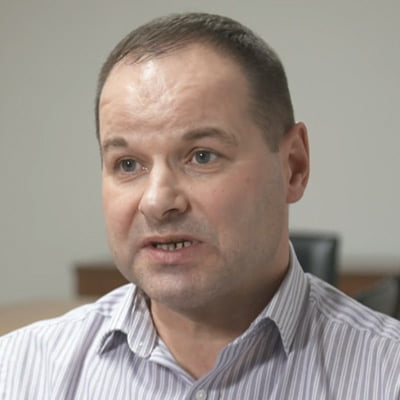
Watch Gary Lewis, CEO of The Travel Network Group, highlight the benefits of membership and using Business Benchmarking to improve emotional connection with their members.
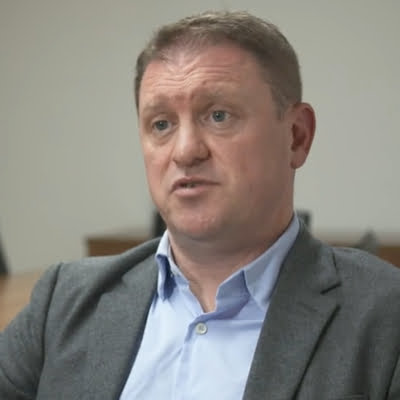
The Chartered Insurance Institute (CII) Customer Service team have committed to working with the Institute of Customer Service to deliver their programme of professional qualifications. The Institute is providing the CII team with the tools to develop their existing knowledge and skills that will in turn improve their customer experience. The first qualification is based around communication. Each person who enrols in the program (known as a practitioner) is assigned to a coach. The coach then provides support as the practitioner works their way through the suite of Institute qualifications.
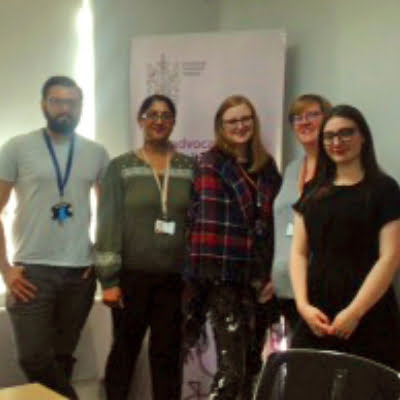
Whether at home or at work, we all rely on the power supply to keep us going about our day to day lives. Maintaining the power network is therefore a big responsibility, requiring rapid response and high levels of customer service when issues arise.
One distribution network operator (DNO) with a large customer base spread across two distinct geographical areas is SP Energy Networks. The organisation looks after the power supply to some 3.5 million households in Central and Southern Scotland and in Merseyside, Cheshire, North Wales and North Shropshire. This involves maintaining around 40,000km of overhead lines and 65,000km of underground cables, no small task!
SP Energy Networks has a team of 1,500 field engineers who interact directly with customers when an issue needs resolving or networks need to be maintained, and a contact centre team of around 65 people who handle phone calls, emails and other communications from and with customers.
The contact centre handles some 1 million calls a year, with daily volumes varying significantly depending on whether or not a power interruption arises. If a storm damages the supply network, calls can shoot up from the daily average of 1,500 to as many as 80,000. The contact centre runs itself like an emergency service with normal phone call response times impressively low, at under 10 seconds.
“Providing outstanding customer service is a major priority for us,” says Kendal Morris, General Manager Customer & Social Delivery at SP Energy Networks. “We have to be ready to deal with a wide range of enquiries. If there is a power cut or fault, then of course customers can be quick to contact us. But we also proactively contact customers ourselves especially our more vulnerable customers, for example, if there is planned maintenance due to the supply in their area. Customers also contact us for new connections or with general enquiries, which can be anything from reporting graffiti to requesting some earthing work in their property.”
The majority of customer contact, apart from face to face in the field, is done by phone. However, queries also come via email and contact forms from the website. The company also runs various social media accounts and monitors and responds to enquiries through those channels.
In recent years, the business has significantly increased its focus on customer service, as Kendal explains: “Our CEO Frank Mitchell recognised a number of years ago that a culture change was needed across the organisation to ensure decisions were made with our customers at the heart of every plan and action. We are an engineering business and it is really important our engineering standards are high, however decisions need to be made from a customer service perspective.”
This service emphasis is also important because, as a regulated business, every customer contact that SP Energy Network has is passed to a third party and scored. The business needs to achieve at least 8.2 points out of 10 on average to avoid a financial penalty and so customer satisfaction needs to be exceptional.
Satisfaction scores have risen year on year over the last 8 years which shows the strategy is working and customers are receiving an excellent service.
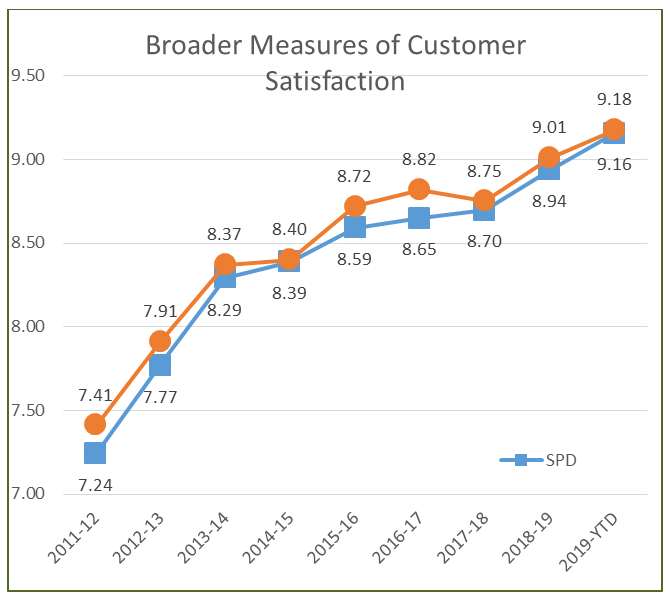
Kendal said “as part of our customer service strategy SP Energy Networks joined The Institute of Customer Service. Over the last two years, the business has rolled out customer service training via The Institute’s Academy, with around 200 staff members having been through the programme to date.
The Academy has delivered FirstImpressions customer service training to staff as well as ServiceManagement training which is designed for managers and team leaders.
The training we’ve done with The Institute has definitely helped us enhance our customer service focus,” Kendal says. “It reinforces a customer culture and provides a consistent platform. It’s also really effective in bringing people together who might not work directly with each other on a day-to-day basis and building a team mentality, while the project work involved extends the learnings and embeds them further. It also means that we can provide customer service qualifications to staff, where previously the business only really invested in engineering and technical qualifications, so that’s an important benefit for many of our people.
One of the most valuable parts of membership for the business is the annual benchmarking exercise that The Institute conducts. The most recent benchmarking in February 2019 gave SP Energy Networks a customer satisfaction score that was 1.7 points higher than the top organisation in The Institute’s UK Customer Service Index.
We were very pleased to have such a good score of course,” Kendal reflects. “Network Operators like ourselves aren’t included in the UKCSI itself because of the ambiguity it would create with frontline energy suppliers (they people you pay your energy bill to). But our score enables us to benchmark ourselves against businesses outside our industry and shows us that we’re on the right track .”
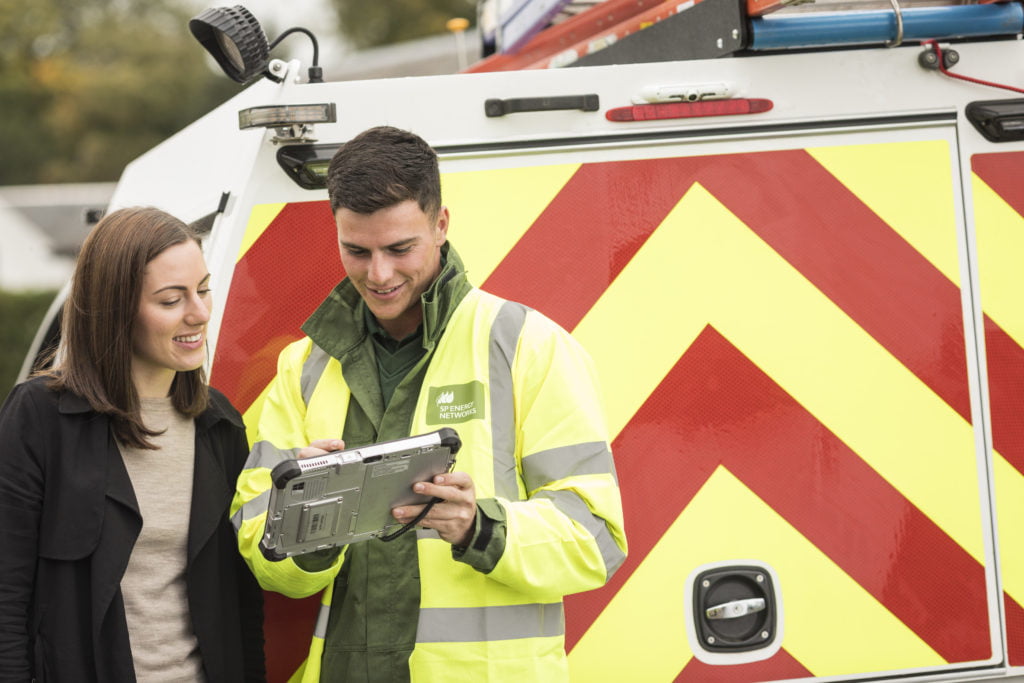
One area that has become increasingly important to the company, as well as regulators, is supporting vulnerable customers. Customers can register across 30 different categories of vulnerability for support during a power interruption. Of the 3.5 million households SP Energy Networks serves, some 980,000 customers have registered for support.
“We need to identify customers in vulnerable circumstances because obviously any power cut or interruption to supply could have serious consequences for some individuals,” Kendal explains. “We engage in proactive outreach to identify vulnerable customers and also partner with charities and other organisations who provide services that may help them. We offer services to our customers far wider than customers may expect from a network operator such as befriending services, benefits checks and dementia support.
Developing specific training for our staff to support those with vulnerabilities has become an important focus for us, whether we develop and deliver that training ourselves or with The Institute or another organisation.
Meanwhile, we look forward to continuing our membership of The Institute and working together to keep driving our customer satisfaction scores as high as we can get them.”

Opus’ Service Delivery Team discuss how The Institute has helped them drive a huge improvement in their customer satisfaction levels and boost their Net Promoter Score from around 20 to 50-60.
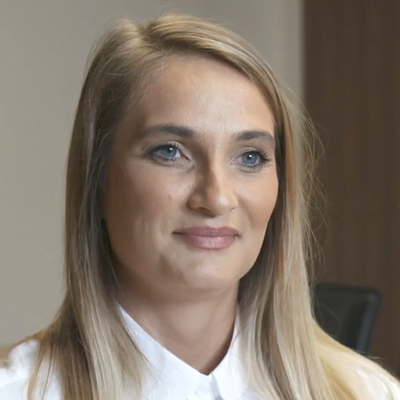
Our work included:
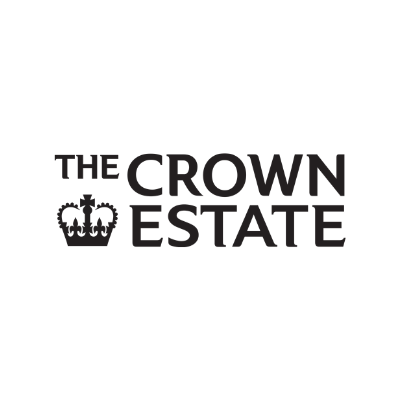
The Motability scheme is a vital service for people with severe disabilities through which individuals can use their government mobility allowance to lease a car, scooter or power chair. The scheme is run by the charity Motability and delivered operationally by Motability Operations. There are some 630,000 people with leases on the scheme, meaning that administrating it and ensuring excellent standards of service is a complex task. It involves a high degree of partnership working as the lease scheme offers a whole package of services including insurance, breakdown services, tyre replacement, service and maintenance, all delivered by different parties and covered by the customer’s single regular payment.
Motability Operations has around 900 staff, with some 200 based at a contact centre in Bristol. The centre receives well over a million calls a year and most of its interactions with customers are voice-based, although there is also a web chat facility.
Motability Operations prides itself on the high level of customer satisfaction that it consistently achieves, and indeed it was recently the highest scoring organisation across any sector in the Institute’s UK Customer Satisfaction Index (UKCSI). It has been a member of The Institute since 2011 and holds the ServiceMark accreditation. However, in recent times the organisation has recognised the need to move its services to a more digital platform. At present, customers cannot transact online with the company, any significant transaction or change is done by phone or face to face. Ian Goswell, Commercial Director at Motability Operations, explains: “We have some basic digital services but realised that we need to make a more substantial transition. This is not to replace or downgrade our voice services, but to provide an additional channel for our customers that they can choose to use if it suits them. This would also give us the opportunity to potentially offer new products and services that customers might find valuable, such as around car-sharing or a journey planning tool for example.”
However, as Ian explains, the organisation did not want to simply launch digital services for the sake of it. “The idea of the move to a digital platform causing any erosion in our service levels is completely unacceptable to us. So we’ve been absolutely clear from the outset the customer experience via digital channels must be identical to that of our voice-based services. And our voice-based services must maintain their existing quality. That’s been our ambition and guiding principle.”
It was while Ian and his team were contemplating putting the digital project in motion that a very timely event happened, The Institute’s Annual Conference, which takes place in March each year. At the 2016 conference, Ian was particularly struck by the presentations given by two speakers. “There was an excellent session from Tony Prestedge, Director & Group Chief Operating Officer, Nationwide Building Society who was talking on exactly the subject I was thinking about,” Ian says. “What really hit home in his speech was that he said Nationwide had always been determined to avoid the trap of ‘digital by default’, i.e forcing customers down the digital channel. Sometimes, this can be an excuse to reduce other frontline services. But for Nationwide, they made it a principle to let customers interact with the Society in the way they wanted to. So that was an important validation for me of how we had already been thinking.” The second presentation to leave its mark was given by the Head of Customer Service at Marks & Spencer, Jo Moran. “What stood out here was the extent to which customer satisfaction mattered and was analysed in the Boardroom,” Ian recalls. “The M&S Board had really taken it to another level. They clearly regarded it as a fundamental strategic driver. It has always been discussed in our Board meetings too, but Jo Moran’s presentation inspired me to make sure we gave it even more emphasis. The whole conference was a great event. It was really well compered by the BBC Breakfast presenter Naga Munchetty, she did a great job of talking to the presenters and drawing out more nuanced information.”
But it wasn’t just The Institute’s Annual Conference that proved useful to Ian and his team. “Being members of The Institute has helped us in several other ways. You get access to other organisations’ smart thinking about key issues and can look at what they have learned. Another thing that has been invaluable to us is exchange visits that we have arranged with other organisations who are also Institute members. For example, some of my team visited HSBC to learn from them about their web chat service, this was directly useful to us in setting up our own facility. Being members of The Institute means that you meet other organisations at events and seminars and can get talking to them on specific operational issues. Often it’s not the top-level Boardroom contacts that are hard to make, it’s getting to meet operational management and develop contacts there. That’s been a real plus.”
The company has also gained some critical insights from The Institute benchmarking surveys that it takes part in. “They are massively important to us,” Ian says. “We have a very specialised customer base and we want to make sure we can relate the service we provide to other customer groups and see how it translates. We have gained some little insights that have profound implications. For example, the surveys have shown us that we score extremely highly for the ease with which customers feel they can do business with us. We might otherwise have lazily assumed that because our interactions are voice-based, our ease of doing business might not be so good. But it’s given us the evidence that this is a strength and so it’s been critical to ensure that we don’t lose that in the move to digital, it’s about ensuring we maintain the same ease and flexibility.”
The company’s digital plans are now beginning to near go-live, with a gradual but progressive roll-out of digital services planned to start from next year. “We’re well-developed with our plans now,” Ian says. “What we’ve learned through the various Institute events and platforms has been crucially important to us as our journey has progressed.”
As the power behind energy efficiency, IMServ provides energy data and metering services to a range of customers. They include the energy suppliers, organisational energy users (companies) and energy management partners such as energy consultancies or brokers. Monitoring around 275,000 metering points remotely and covering 25% of the UK’s electricity consumption through its network, the company collects approximately 80 billion units of energy data per year. IMServ provides multi utility solutions, gas, water and electricity, with its key expertise within the electricity industry.
Headquartered in Milton Keynes with 350 employees, the company has been operating for 25 years now and is one of the leading players in the complex business of energy consumption data and analysis. The Energy industry is increasingly a highly competitive market, undergoing significant change, meaning that levels of customer service can be an important differentiator.
It was about five years ago that senior management at IMServ realised they needed to do more around the service agenda. Steve Brown, Managing Director at IMServ, explains: “We got to a point where we were conscious that our levels of both customer service and employee engagement were not where they needed to be. Anecdotal comparisons with competitors showed that we weren’t necessarily any worse than them, but we wanted to be better than the average of a mediocre bunch!” So it was that, in 2012, the company became members of the Institute of Customer Service and began to work towards ServiceMark accreditation.
“We were particularly keen to improve employee engagement levels because we understood the link between engagement and customer service and wanted to create that virtuous circle, which could then help differentiate us in the market,” Steve says. “So we were clear about what we wanted to do, but we didn’t have the framework to deliver it on our own.” The Institute and ServiceMark provided that framework. That was the real value add. The company achieved ServiceMark in 2013 and has recently been reaccredited for a further three years to 2020. Satisfaction scores have improved in both the Business Benchmark survey of customers (from 72.5 to 78.7) and the employee survey (from 79.6 to 80.6).
The process, which Steve describes as challenging, generated a number of key insights and changes. “We realised that we needed to shift the culture slightly because we had a very operational mind-set,” Steve explains. “But sometimes the customer doesn’t care as much about operational nuances as we think they do. They just want to know what their data shows, not so much the technical detail behind it. So it was about aligning our operational delivery with customer service more effectively.” There were also some significant internal changes that came about as a result of ServiceMark and the recommendations provided by The Institute as a result of its independent assessment. Firstly, in order to improve collaboration between teams, IMServ reorganised how the teams sat in the office to reflect the’virtual data production line’ of their services to the customer.
Secondly, they introduced a system of management business information boards that showed the KPIs for the operational teams and performance against them and started a schedule of regular team talks in which these boards were discussed. “This improved performance awareness and collaboration between teams,” Steve says. “Importantly, the KPIs were not the Board’s KPIs, they were derived by the teams themselves, according to what mattered in their own roles. So there was an empowerment process at play in giving staff the ability to shape what was measured and managed.
Another area of focus was on improving two-way communication with the company’s meter technicians and readers, remote workers who represent nearly one third of the workforce. “Their engagement scores were low. Improving their engagement also improved their efficiency, so there was a double benefit,” Steve observes. In addition to ServiceMark, the company has also undertaken some of the Institute’s ServiceFocus training programmes after learning and development came out with low scores in the employee surveys. IMServ has also appointed its own training manager to help in the development and delivery of training.
The result of all these efforts is that the company is now in the top quartile for service amongst its peers, meeting their original objective. “It’s not exaggerating to say that there has been a complete turnaround in employee engagement and customer satisfaction since we began the process,” Steve says. “We already had things we wanted to change, but working with The Institute has significantly helped us on the way and enabled us to really put a focus on it.
Working with our Client Development Director has helped us think differently and more broadly as a management team.” The payback of all these initiatives has been palpable. Having lost a major retail customer a few years ago because of service issues, they have recently won them back and the customer is very satisfied with service. IMServ hasn’t lost a major supplier or energy management partner in the last three years. “We grew revenue by 10% last year and it’s up 20% this year to date. It’s difficult to establish a precise link of course but I have no doubt that if you create that virtuous circle of engagement and service, it feeds off itself,” Steve says. The company now also runs two major projects every year, one on the customer side and one on the employee side. This year’s customer project is around installing a new CRM system and also dealing with complaints more effectively, while the employee project involves the company’s internal ‘WeEngage’ team running Food For Thought sessions to air any issues and ideas amongst staff.
“A few years ago if you walked around the office, you could sense that things could be improved,” Steve reflects. “Now, walking round you can sense an energy and a feel-good factor. We know we can’t ever afford to ease up, that if you stop continually emphasising service things can go backwards, but we’re certainly on the right path.”
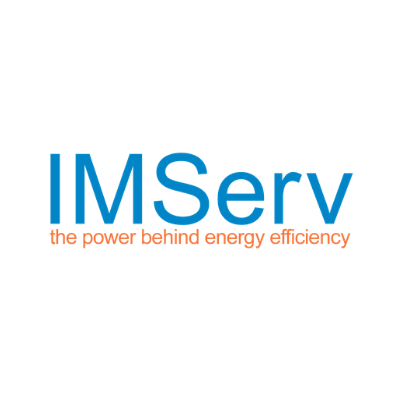
Watch Sandie Dunn, People Development Manager at Legal & General, highlight why customer service qualifications are important and how working with The Institute of Customer Service has helped the company improve its service levels.
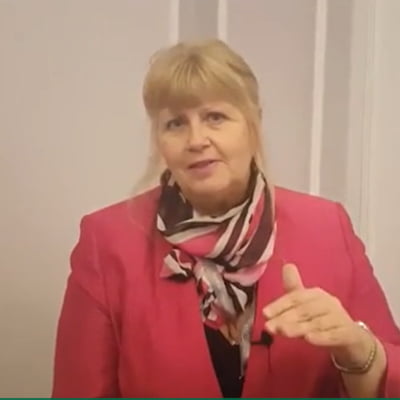
The company’s Food & Water division, with 5 sites throughout the UK, is one of the UK’s biggest testers, carrying out some 8 million tests annually. Open for business 365 days of the year, and often needing to test into the early hours in order to meet customer deadlines, the work is fast-paced and can have unpredictable peaks.
The division’s work plays a hugely important role as part of a safety regime which protects and informs the public, testing that food is safe and contamination-free, checking and verifying nutritional claims and labelling (including for example that a product is ‘nut-free’), and substantiating the authenticity of food products too, think of the horsemeat scandal from a few years past.
Around 80% of the division’s work is food testing, with the other 20% involving testing the quality of water (important for water processing plants or for renal units, for example, in hospitals). “A demanding environment.” Mike McCorkell, Managing Director of the UK Food & Waters division at ALcontrol, explains: “We have 50 vehicles that collect food samples from manufacturers daily and for food safety tests we have to process them straight away. Most of our testing is pre-scheduled but even so we don’t usually know until the day it’s actually due to arrive what the volumes will be. So it can be quite pressured getting through the work and we rely considerably on the engagement, flexibility and goodwill of our staff to get the job done well. Not only can the work be pressured for staff, but the results can also lead to high stress situations for their customers. Listeria for example, in a manufacturer’s sample, then we have to break what is obviously a piece of very bad news to them,” Mike comments, “You’ve got to do that in a sensitive and human way , one of the areas where the need for excellent customer service really comes in.”
It was four years ago when the company was consolidating some of its sites that it really occurred to Mike that a radical change to a more customer service focused approach was needed. “We were in danger of being too transactional in our dealings with customers, treating the work like a Lean production line. Our organisation was perhaps somewhat introverted as well, working hard under the bonnet but not communicating enough with customers in an engaging way. Mike recruited an experienced service and engagement expert, Julia Bloomer, from the steel industry (another tough industry, fighting hard for marginal gains) to supplement his team and together they set ALcontrol off on what has been a fruitful and rewarding journey.
Julia had experience of The Institute of Customer Service from her previous role, and enrolled the Food & Water division as a member too. Since 2013, the company has made wide use of The Institute’s products and services, including putting many of its staff through training programmes, such as FirstImpressions and ServiceManagement, using Business Benchmarking putting leaders and managers through Institute training qualifications for Communication, Solutions, Innovation and Coaching obtaining one of The Institute’s most prestigious accreditations, ServiceMark.
ServiceMark requires an organisation to carry out a survey of its employees to benchmark engagement; a survey of customers to gauge their level of satisfaction; and have an independent assessment carried out by an Institute representative. All three components require challengingly high scores in order to achieve the accreditation.
Julia Bloomer says: “There’s no doubt that being members of The Institute has really paid off for us. It’s benefited us in lots of different ways. Obtaining ServiceMark was the icing on the cake if you like, although for me the most important thing isn’t obtaining the accreditation, it’s the journey to get there and the things you learn along the way. The journey is still ongoing too. We’re the only commercial laboratory in the country to have ServiceMark so it stands out as a truly independent verification of our standards. Some of our competitors promote in-house survey results but without any facts or confirmation, so it’s a great achievement for us.”
And it’s not just a nice piece of paper or a plaque for the company to display, it has led to real return on investment. The food testing industry is a price sensitive marketplace, and margins are low. Getting fairly rewarded for work and making a sustainable profit can be challenging. Obtaining ServiceMark along with other Institute programmes, and achieving the underlying service standard that enabled this, has helped the company to swim against the tide on price. What it’s done for us is given us the knowledge and the confidence to increase our pricing in a fair way, knowing that our customers recognise our service offering too and will stay with us. So it’s had a direct commercial benefit,” Julia says.
Other programmes have led to financial benefits as well. “In the FirstImpressions training course, you have to come up with an actionable plan to improve an aspect of the business. One lady came up with a suggestion to plug a previously unseen revenue leakage around the way we invoice for agreed carriage charges which led to a £10,000 increase on the bottom line every month,” Julia says. “The training people go through has given them a voice and a sense of people power, that’s a return on investment in itself.” Putting the focus on customer service has paid off in multiple ways. Customer retention now stands at 95% compared to 85% four years ago; the average selling price per test has increased year on year for four consecutive years; employee retention has also increased; while the average employee engagement score has risen from 50% in 2012 to 84% now.
“We’ve had a seismic cultural change,” Mike McCorkell observes. “We have a much improved workplace where people enjoy their jobs and are proud to tell their friends and family what they do at work. It is pleasing that when customers visit or audit they pick up on the vibe and comment on it and can see that we’re doing a good job. I’m proud to say that we love to let customers loose on site!” Julia adds. “We can let them stop and talk to anyone, anywhere. I don’t know how you put a price on that. Around 75% of the company’s 420 staff have now been on at least one Institute training programme and the aim is to get that to 100% in time. We benchmark ourselves with great service leaders in other industries, not specifically the food testing business which perhaps is less mature in developing service leadership,” Mike says. “I think we’ve created something quite unique, we’ve built a strong ethos around being a great place to work dedicated to great service, creating quality opportunities and careers for people.”
Other divisions in ALcontrol are now on the same journey, adopting a similar customer service focused approach and working to the same ‘value cycle’ where engaged staff drive great service helping the business gain a fair price and sustainable profitability. A commitment to customer service is now deeply embedded.
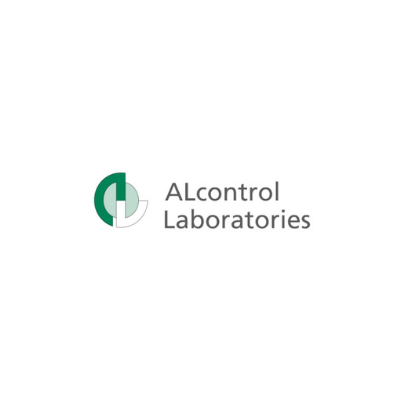
Since 1978, Motability Operations has delivered the Motability Scheme, offering freedom to people with disabilities by enabling to them use their mobility allowance to lease an affordable, worry-free vehicle. Today, Motability provides cars, Wheelchair Accessible Vehicles, scooters and powered wheelchairs to some 640,000 people, and has arguably the highest performing customer service team in the UK. But it was not always this way. Motability’s journey has taken considerable commitment, and a willingness to think beyond convention.
As recently as 2003, Motability Operations was, by its own admission, struggling. Its vehicle fleet was static at around 450,000, and poor financial performance threatened the organisation’s very existence. Customer contacts manager Emma Bird explains: “Back then, we were focused more on cars than customers, and our satisfaction levels, renewal rates and overall profitability reflected that.” Recently-appointed CEO Mike Betts saw that things needed to change, and fast. Emma continues: “Mike believed that in order for Motability Operations to be successful, the whole culture of the organisation needed to shift. But twelve years ago, putting the customer first was not commonplace, and such a radical shift needed an equally robust change programme.”
The crucial first step was to address culture: recruit team members with the right values, and empower them to focus on the customer first. Emma explains: “Current employees assist with recruitment to ensure we employ ‘lovers not fakers’, that is, team members who want to do the right thing, rather than doing it just because they’ve been told to. We set out a plan to recognise and reward people with empathy, who take responsibility during calls,” Emma continues. “We allowed them to make real decisions based on their discussion with the customer, even if it forced up average handling times. Now, calls are focused on where the customer is at emotionally, understanding what the call is really about before going into solutions.”
General Manager David Walsh agrees: “We’re a principle-led, not a process-led organisation. You can’t write processes for every situation, so we instil principles in people and give them a free hand to apply them.”
The emphasis on personal responsibility extends to development and performance management, where Motability employs a ‘Trinity Model’, involving the advisor, a coach, and a team manager. Emma explains: “Self-assessment is fundamental; our team managers’ main role is to enable people to become more self-managing, and the quality, attendance and adherence targets follow naturally.” David adds: “Trying to find development needs from six calls is pointless. If the person who takes the calls can be aware of their performance and come to coaching having identified for themselves the things they struggle with, that works much better We have a process called ‘bring out your dead’. If a call’s gone badly, people don’t hide it, they highlight it, and we don’t use it for performance management; it’s used for development.”
As the unorthodox approach began to take effect, Motability Operations looked for ways to benchmark its progress , and arrived at the Institute of Customer Service, and its ServiceMark accreditation process. David recalls: “By 2010, we wanted to see how our results compared to the industry, so we entered call centre awards and came top in our sector, second overall and best newcomer. That was great, but awards aren’t always transparent about how the scores are achieved, so we looked for an accrediting body with real credibility across a wide range of industry sectors.” It had to survey both customers and employees, and it had to include an audit process that was independent and robust. The Institute of Customer Service stood out.
Meanwhile, Motability’s ServiceMark performance has helped in negotiations, and lent credibility at a pivotal time. “There’s been a lot of public scrutiny about benefits lately,” says David. “Our strong ServiceMark performance has really helped to protect our brand. Many of the banks that own us are pursuing ServiceMark themselves, so our score gives us a lot of credibility. It’s very widely recognised as a high quality standard, when we put our ServiceMark score on the table, any questions or doubts just evaporate.”
Beyond top-level performance figures, the Institute is helping Motability to assess its performance on hard-to-find, operational KPIs. David says: “We’ve been to a lot of the Institute’s workshops and seminars, which are great for networking and sharing information. It can be hard to find out how the industry is performing on very specific, operational-level KPIs. Through the network, we can get more understanding about how our performance compares. It’s a good partnership. The Institute Account Directors are very good at sourcing information for us. Also, we’re now able to access further surveys, which we’re using to drill down and seek further improvements by comparing groups of customers to the population overall.”
In 2015, Motability Operations underwent the ServiceMark process for a second time , achieving the UK’s highest ever scores for both customer and employee satisfaction, with an exceptionally high Net Promoter score of 94.2. David smiles: “Right now, we’re the highest performing customer service team in the UK; the Net Promoter score was off the scale. We’ve gone from strength to strength.”
“Going from good to excellent is hard, but going from excellent to outstanding is harder,” reflects Emma. One group, however, has benefited more than any other from the changes at Motability Operations: its customers. “We never forget that we’re fortunate to be delivering the product we are,” concludes David. “Some of our customers were previously housebound. So when you go home at the end of the day, you can sometimes say “We changed somebody’s life today” and that’s pretty good.”
Whether it’s known as Marks & Spencer, ‘Marks and Sparks’, or simply ‘Marks’, the M&S brand is an icon of the UK retail environment. Like any brand that has stood the test of time, M&S has had to change with the times. In 2004, the business embarked on a strategy to infuse what had been a ‘product-centric’ approach with a culture of customer service. That strategic drive remains in place to this day, reflecting the wider move in UK businesses towards the new, ‘relationship economy’. As Head of Customer Service at M&S, Jo Moran was originally in charge of promoting high standards of service in the traditional retail arm of the business, but since 2008 has taken on responsibility for the entire organisation.
Jo heads up a management team that focuses on customer service centres, together with a smaller team that focuses on the retail experience. Both teams are geared around ensuring all M&S employees deliver the consistently great customer experience that is so much a part of its brand. While the service values are consistent, there is huge range and variety in how they might be delivered. As Jo says: “I’m responsible for customer service across the brand. How that looks and feels in our store, in our customer service centres, customer contact by phone or email, letters, social media, even down to the home deliveries experience.” With the challenge of ensuring customers experience the same service values across all these touch points, Jo and her team use The Institute of Customer Service’s National Customer Service Week (NCSW) to remind everyone that they are truly involved.
NCSW runs during the first full week of October and M&S have been taking part since 2012. Jo describes it as ‘a marker in the diary that you know everyone is going to get behind.’ “Each year has been better than the last, both in terms of the NCSW experience and its business outcomes for M&S.” She says: “This year has clearly been the best yet. The support and structure coming out from The Institute provided a real drumbeat throughout the week, that we could build around.” Jo announced the NCSW early to her heads of region and frontline managers with both emails and conference calls. “We had a longer run-in around the communication of the week” she recalls, “so we could galvanise people and do more around recognition and rewarding great service.”
M&S used themes The Institute provided, running from ‘understanding your customers’ and ‘dealing with problems’ to ‘recognising the business impact of customer service’, to generate a toolkit suggesting daily activities for retail stores and service centres. Meanwhile, for the duration of the week, M&S used its internal social network, Yammer, as the place for employees to share their customer service stories and experiences and a budget was raised to reward customer service excellence wherever it was found. In just seven days, M&S recognised and rewarded 567 individuals who had provided exceptional customer service. The national event provided a framework to further promote customer service within the company and see staff actively engage with its values.
M&S has been a member of The Institute for the last five years, and has just renewed that membership for a further four, to gain further assistance as the business continues to move with the times. Being a retailer with one foot on the High Street and one foot in the digital space brings its own particular challenges. “Online is a faster moving environment” says Jo. “How do we act in a more agile and responsive way on customer feedback particularly in regard to social media? They are ahead of us in terms of multi-channel; customers think multi-channel just as a matter of course, and how we join that experience up is really important.”
Jo believes the best approach is to take a broad view, using insights from The Institute to spot examples of good practice wherever they may be. Meanwhile, the company’s own training materials are accredited by The Institute, to ensure they always reflect the latest research. “It’s essential to look outside your own sector” says Jo. “The Institute gives us an independent, UK-wide perspective on customer service. And it’s valuable to get that external review and verification on how our people are trained.” Ultimately, it was Jo’s decision to renew M&S’s Institute membership “ it wasn’t a difficult choice. I can see the return on investment from the work we’ve done so far” she says. “I was happy to sign that budget off.”
